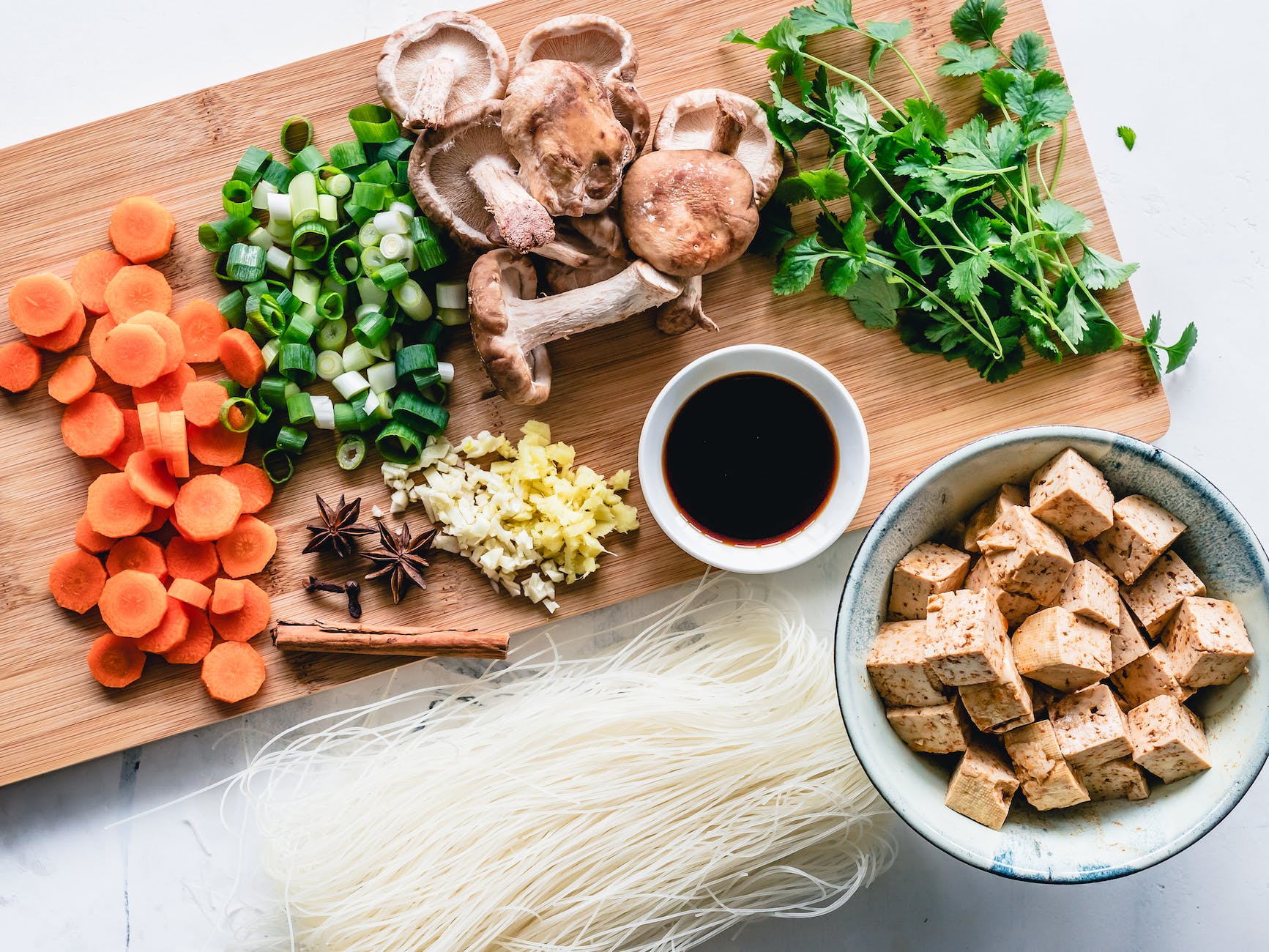Dietary fiber, an essential component of a balanced diet, plays a critical role in maintaining overall health. Despite its importance, many people do not consume enough fiber daily. This guide will delve into the various aspects of dietary fiber, including its health benefits, sources, and practical tips for increasing fiber intake.
What is Dietary Fiber?
Dietary fiber, also known as roughage, includes the parts of plant foods your body can’t digest or absorb. Unlike fats, proteins, or carbohydrates that your body breaks down and absorbs, fiber isn’t digested by your body. Instead, it passes relatively intact through your stomach, small intestine, and colon and out of your body. Fiber is commonly classified into two categories:
- Soluble Fiber: This type dissolves in water to form a gel-like material. It can help lower blood cholesterol and glucose levels. Soluble fiber is found in oats, peas, beans, apples, citrus fruits, carrots, barley, and psyllium.
- Insoluble Fiber: This type of fiber promotes the movement of material through your digestive system and increases stool bulk, so it can be of benefit to those who struggle with constipation or irregular stools. Whole-wheat flour, wheat bran, nuts, beans, and vegetables, such as cauliflower, green beans, and potatoes, are good sources of insoluble fiber.
Health Benefits of Dietary Fiber
1. Regulates Bowel Movements
Fiber increases the weight and size of your stool and softens it. A bulky stool is easier to pass, decreasing your chance of constipation. If you have loose, watery stools, fiber may help to solidify the stool because it absorbs water and adds bulk to the stool.
2. Maintains Bowel Health
A high-fiber diet may lower your risk of developing hemorrhoids and small pouches in your colon (diverticular disease). Studies have also found that a high-fiber diet likely lowers the risk of colorectal cancer.
3. Lowers Cholesterol Levels
Soluble fiber found in beans, oats, flaxseed, and oat bran can help lower total blood cholesterol levels by lowering low-density lipoprotein, or “bad,” cholesterol levels. Studies have also shown that high-fiber foods may have other heart-health benefits, such as reducing blood pressure and inflammation.
4. Helps Control Blood Sugar Levels
In people with diabetes, fiber — particularly soluble fiber — can slow the absorption of sugar and help improve blood sugar levels. A healthy diet that includes insoluble fiber may also reduce the risk of developing type 2 diabetes.
5. Aids in Achieving Healthy Weight
High-fiber foods tend to be more filling than low-fiber foods, so you’re likely to eat less and stay satisfied longer. And high-fiber foods tend to take longer to eat and to be less “energy-dense,” which means they have fewer calories for the same volume of food.
6. Helps You Live Longer
Studies suggest that increasing your dietary fiber intake — especially cereal fiber — is associated with a reduced risk of dying from cardiovascular disease and all cancers.
Recommended Daily Intake
The Institute of Medicine, which provides science-based advice on matters of medicine and health, gives the following daily fiber recommendations for adults:
- Men 50 years and younger: 38 grams
- Men 51 years and older: 30 grams
- Women 50 years and younger: 25 grams
- Women 51 years and older: 21 grams
Best Sources of Dietary Fiber
Fruits
- Apples
- Bananas
- Oranges
- Strawberries
- Raspberries
Vegetables
- Carrots
- Beets
- Broccoli
- Brussels sprouts
- Sweetcorn
Grains
- Whole wheat pasta
- Brown rice
- Barley
- Oatmeal
- Bran flakes
Legumes, Nuts, and Seeds
- Lentils
- Black beans
- Chickpeas
- Almonds
- Chia seeds
Tips for Increasing Fiber Intake
- Start Your Day with Fiber: Choose a high-fiber breakfast cereal — 5 or more grams of fiber a serving. Opt for cereals with “whole grain,” “bran,” or “fiber” in the name. Or add a few tablespoons of unprocessed wheat bran to your favorite cereal.
- Switch to Whole Grains: Consume at least half of all grains as whole grains. Look for breads that list whole wheat, whole-wheat flour, or another whole grain as the first ingredient on the label and have at least 2 grams of dietary fiber a serving.
- Bulk Up Baked Goods: Substitute whole-grain flour for half or all of the white flour when baking. Try adding crushed bran cereal, unprocessed wheat bran, or uncooked oatmeal to muffins, cakes, and cookies.
- Lean on Legumes: Beans, peas, and lentils are excellent sources of fiber. Add kidney beans to canned soup or a green salad. Or make nachos with refried black beans, lots of fresh veggies, whole-wheat tortilla chips, and salsa.
- Eat More Fruits and Vegetables: Fruits and vegetables are rich in fiber, as well as vitamins and minerals. Try to eat five or more servings daily.
- Make Snacks Count: Fresh fruits, raw vegetables, low-fat popcorn, and whole-grain crackers are all good choices. A handful of nuts or dried fruits also is a healthy, high-fiber snack — although be aware that nuts and dried fruits are high in calories.
Potential Issues with High-Fiber Diets
Gastrointestinal Discomfort
Adding too much fiber too quickly can promote intestinal gas, abdominal bloating, and cramping. Increase fiber in your diet gradually over a few weeks. This allows the natural bacteria in your digestive system to adjust to the change. Also, drink plenty of water. Fiber works best when it absorbs water, making your stool soft and bulky.
Interactions with Medications
Fiber supplements can lower blood sugar levels, which might require adjustments in medications for diabetes. Always consult with your healthcare provider before starting any supplement.
Fiber Supplements
While it’s best to get your fiber from food, fiber supplements can be part of a healthy diet if you struggle to get enough fiber from your food. Popular fiber supplements include inulin, psyllium (Metamucil, Konsyl, others), and methylcellulose (Citrucel). However, they don’t provide the variety of fibers, vitamins, minerals, and other beneficial nutrients that foods do.
FAQs about Dietary Fiber
How much fiber should I eat daily?
The recommended daily intake for fiber is 38 grams for men and 25 grams for women who are 50 years and younger. For men and women over 50, the recommended intake is 30 grams and 21 grams, respectively.
Can I take fiber supplements?
Yes, fiber supplements can be taken if you find it hard to meet your fiber needs through food alone. However, it is best to get fiber from whole foods, as they offer additional nutrients.
What are some high-fiber foods I can include in my diet?
High-fiber foods include fruits like apples and raspberries, vegetables like carrots and broccoli, whole grains like brown rice and oatmeal, and legumes such as lentils and black beans.
What are the benefits of eating a high-fiber diet?
A high-fiber diet can help regulate bowel movements, maintain bowel health, lower cholesterol levels, control blood sugar levels, aid in achieving a healthy weight, and may help you live longer.
Are there any side effects of consuming too much fiber?
Consuming too much fiber too quickly can cause gastrointestinal discomfort, including gas, bloating, and cramping. It’s important to increase fiber intake gradually and drink plenty of water.
In Conclusion
Incorporating dietary fiber into your daily diet is essential for maintaining good health. From regulating bowel movements to reducing the risk of chronic diseases, fiber plays a vital role in your overall well-being. By understanding the benefits and sources of fiber, you can make informed choices to improve your diet and health.



